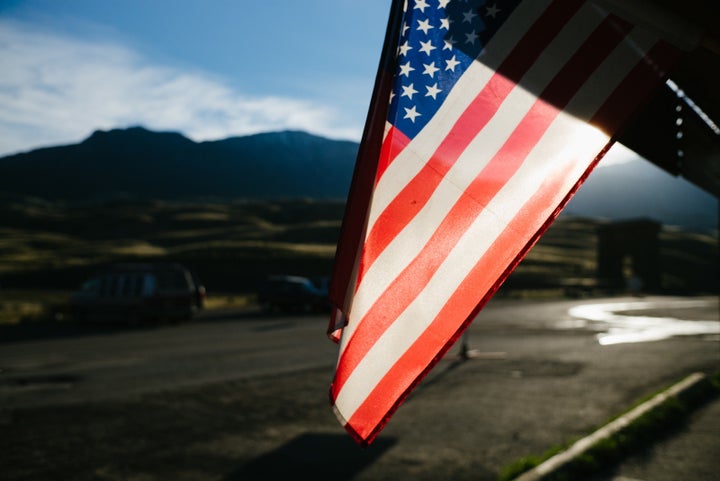
In college, I remember one of my friends telling me how fast fashion is brilliant from a business perspective.
“You have all of these college students who want trendy clothes, but they don’t have a ton of money. So what do you do? You make trendy clothes that are cheap, and then when they fall apart, people can just throw them away. They’re out of style by then anyway, right?”
At the time, I totally agreed. It’s a winning business strategy.
The key to a successful business is to solve a problem for people, and stores like H&M and Forever 21 solve a problem for a lot of first world college students who don’t have money and still want to look good.
Apparently, it’s a problem a lot of people want to solve because the people who launched fast fashion brands are some of the richest in the world, second only to Bill Gates.
But the problem you run into with fast fashion is the same problem you encounter with cheap clothes: It all looks nice at first, and then it falls apart.
At its root, the fast fashion business model is designed to win at all costs. Bring trends from the runway to our closets as quickly and cheaply as possible. And then boost the number of trends astronomically, so we need to keep buying more. And hey, we can afford it.
Win for the brand, and win for consumers—at least, at first.
While fast fashion was all fun and games for awhile, that misconception came crashing down in 2013 when the Rana Plaza textile factory collapsed in Bangladesh, killing more than 1,100 workers and drawing international attention. It taught the fashion industry a lesson: Sooner or later, cutting corners catches up with you.
When you’re making the cheapest clothes, in the highest quantities, for the longest periods of time, something’s got to give.
You can’t just do what’s easiest or most convenient. If you want to have sustainable success, you need to do what’s right.
When stories about the Rana Plaza came out, people started seriously questioning the fast fashion business model. A global movement called the Fashion Revolution began in the UK to raise awareness about its abuses, and a team in LA started filming the documentary “The True Cost” to reveal its steep price.
Money isn’t everything, and when it comes to a good deal, it’s only part of the story. That $10 shirt you’re buying at H&M actually costs a lot more than $10 when you factor in the environmental concerns, labor abuse and planet destruction in the process of making it.
But the problem is, even though the fast fashion business model is fundamentally flawed—even though it exploits human labor, the environment and the greed that infests our lives, by its very nature—it’s still extremely profitable, and that makes it hard to change.
As I’ve talked to people who are trying to change it, the question that keeps up is: Where do you start? How do you change something that’s still making a lot of money, and how do you balance business interests with the need to disrupt the system and reinvent the way things work?
As our country faces the prospects of a Trump presidency, the questions that concern me about fast fashion are starting to concern me about most of our nation’s practices.
I’m curious how a win-at-all-costs business man promising to “make America great again” will do what’s right as opposed to what’s convenient. And I’m worried that other industries might start to follow suit—bargaining for cheap success at the cost of so much more.
When Trump was elected, he become the only world leader to deny the existence of climate change as a “hoax,” and he’s made promises to remove environmental protections to (presumably) help American businesses get ahead.
I’m not an environmentalist or a politician, but as someone who’s been studying the fashion industry for awhile, you might say I’m noticing the trends. What we lose and what we gain with these policies doesn’t add up in the long run.
If there’s anything the true cost of fast fashion has taught us, it’s this: There’s a way to win that’s easy, and there’s a way to win that’s right.
The way that’s right might not be easy. But the way that’s easy ends up costing you more down the road—even when it allows you to feel successful for awhile.
The true cost is more than dollars; it’s usually lives.
It took the death of more than 1,100 people to teach the fashion industry.
I would hate for our country—and our world—to pay a similar price.